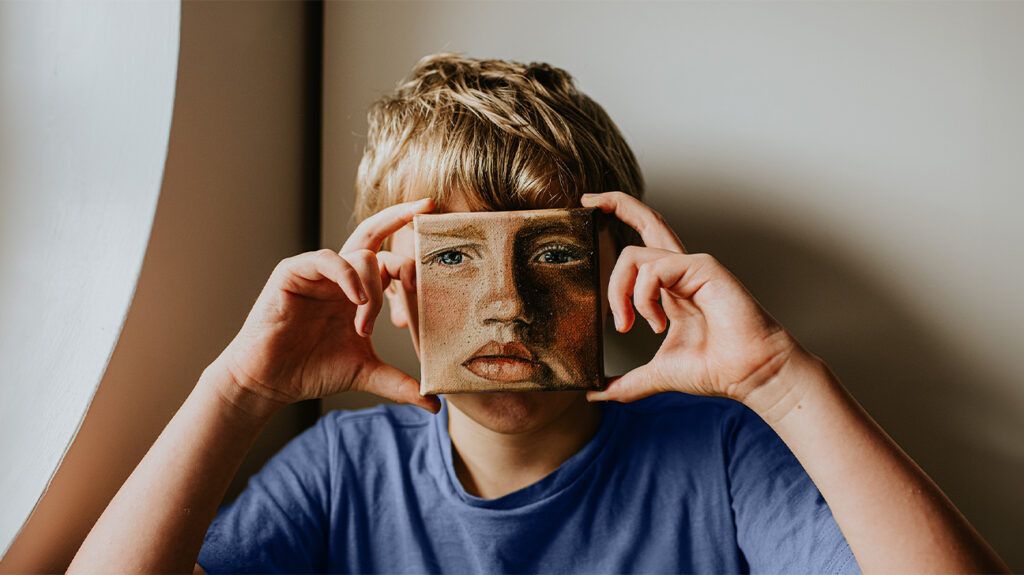Toxic stress is a child’s bodily response to serious and lasting stress without proper support. This can have long-lasting effects on both the body and brain.
Stress is a typical part of life and can have positive effects. For example, it can bring attention to things that may be important. It can also act as a motivator in problem-solving.
However, long term, severe stress may become toxic over time. This is especially true if a child does not get the amount of support they need during times of stress.
This article explains what toxic stress is. It also discusses how adverse childhood experiences (ACES) can lead to toxic stress and the signs of this type of stress. Finally, it goes over how toxic stress affects the brain and how to manage stress.

The stress response is the psychological and physiological changes in the body
This stress response becomes toxic when a child faces long-term serious stress and does not receive proper support from a parent, caregiver, or other trusted person. When a child does not receive the help and support they need, it causes their body to be unable to turn off the stress response as it usually would.
This inability to turn off the stress response can lead to long-term effects on the body and brain. It can also cause lasting health conditions, such as heart disease, eczema, or asthma.
Types of stress response
Other types of stress response include:
- Positive stress response: This is the body’s response to temporary stressors. The hormones that are released allow the body to do what is needed at the time. Once the event is over, the stress response turns off, and the body returns to its typical state.
- Tolerable stress response: This is the body’s response to longer-lasting and more serious stressors. With tolerable stress, a caregiver can help a child to turn down the stress response and remain calm.
ACEs are experiences that occur between the
These experiences may include:
- witnessing violence at home or in the community
- experiencing abuse, neglect, or violence
- having a family member who attempts or dies by suicide
ACEs also include environmental aspects that can undermine a child’s sense of safety, bonding, and stability. These include:
- living in a house with substance misuse
- living in a house with mental health issues
- living in a house that is unstable due to a member being in prison or jail
- living in a house that is unstable due to the separation of the parents
A child who experiences some type of ACE generally also experiences toxic stress. The prolonged stress that is brought on by ACEs keeps the body in a constant state of stress response, leading to long-term effects.
Learn more about ACES.
Each child may react to toxic stress differently. However, there are some signs that most may display if they are experiencing toxic stress.
These signs may include:
- constant vigilance
- withdrawing
- headaches
- stomach issues
- tantrums
- difficulty sleeping
- experiencing frequent nightmares
Older teenagers may engage in behaviors that may be dangerous or may harm themselves. They may also display aggression toward others.
Children of all ages may find it difficult to concentrate and may experience anxiety.
Toxic stress and ACEs have been associated with an increased risk of various health conditions in both children and adults. These are known as ACE-Associated Health Conditions.
| Age | Key associated health conditions |
|---|---|
| Infants | •growth delays •failure to thrive •developmental delays •sleep disruption |
| School-age children | •pneumonia •asthma •increased risk of viral infections •difficulties with behavior and learning |
| Adolescents | •increased engagement in behaviors that may be dangerous •somatic complaints, such as abdominal pain or headache •teen pregnancy and paternity •mental health conditions •substance use •sexually transmitted infections (STIs) |
| Adults | •chronic obstructive pulmonary disease (COPD) •diabetes •stroke •cariovascular disease •cancer •depression •anxiety •post-traumatic stress disorder (PTSD) •substance use •chronic pain |
It is possible for children to heal from toxic stress. The key to this healing is developing relationships with safe, reliable, caring, and compassionate adults.
These adults can help children heal from their experiences by helping them to build resilience. Resilience is one’s ability to overcome adversity.
The following can contribute to resilience:
- providing opportunities for strengthening self-regulatory capacities and adaptive skills
- building a sense of perceived control and self-efficacy
- mobilizing sources of hope, cultural traditions, and faith
Caregivers can help protect children from developing toxic stress. Key factors in this are caregivers making the child feel safe, consistently cared for, and supported.
Other protective factors may include:
- eating a healthy and balanced diet
- getting regular exercise
- practicing mindfulness
- getting plenty of sleep
- getting mental health care when needed
Toxic stress is the body’s response to prolonged and serious stressors. These may include neglect, abuse, and experiencing or witnessing violence.
When a child experience long-lasting stressors, their body finds it difficult to turn off the stress responses. This can lead to mental health conditions, chronic health conditions, and developmental delays.
An environment of consistent care, support, and safety can help protect a child from toxic stress.
